Yes, she has now completely collapsed, in the worse possible place. Although, just a little bit further and perhaps the beanstalk will finally flatten my grotesque tomato plants. A fitting end.
Thousands of babies getting ready to fall off.
This bridge over the River Kwai is now extremily annoying – It has blocked access to one of my paths to the end of the yard. If I was an olympic hurdler this would not pose an issue, but I am not and it does. It is a dramatic sight though. I have been perfecting my Limbo dancing at night, under the glow of my Tikki lamps, to some exotic island sounds on my I-Pod.
“George, why does he attempt that stupid dance under the pole every night with a dog bone in his mouth? Is our pond master completely insane, – perhaps we should consider migration, George, GEORGE!?
“What was that Mildred?”

I am considering a Limbo party, perhaps dousing the Agave with lighter fluid before setting fire to it for dramatic effect. I need to contact the local news network before executing this one!.
Party-on!
Here is what is left now of the host plant, hardly any green left on it, it is starting to smell a little funky too.
I am told that rats really like to inhabit dying Agave bases – come to think of it I have not seen Mr Ratatouille skulking in my shed for quite some time now . . . mmmmm.


sniff sniff.. “mmm yum, my fave, a rotting Agave” “Why you little”…

So this is what I did for 6 hours today . . . pots, pots, and a lot more pots. I have not counted them but there is a lot.
I practically cleaned out Home Depot of these pots today, I bought these, some pond rocks to cover the drainage holes in the base of the pots and lots of decomposed granite. I also needed some potting soil, the “sharp” cactus variety (not from the depot), and a few bags of Perlite to aid moisture retention.
technique:

Put a rock in the bottom of each pot then fill with a couple inches of decomposed granite for fast, low-level drainage. Then proceed to mix the potting soil, perlite, and some more decomposed granite together to fill up the remainder of the pot, I did this in my wheelbarrow with a shovel. Firmly pack down the soil.
Poke a hole in the soil then insert baby Agave, pack soil in around young skallywag, then lightly water. I timed the recent showers perfectly today.
And here we are. The size of these pots should allow the Agaves to grow for quite some time. This was a backbreaking and rather laborious activity . only another 1000 pots to go!

Even with all these pots, I have hardly made a dent on the host plant – there must be thousands of tiny plants left on it. I suppose there is always the side alley to my yard that I could fill up as well, not so much sun there though. I think this is turning into somewhat of an obsession at this point. I just hate to discard all these plants! what to do, what to do?
“George, have you seen all of those little pots, I am convinced now that our pond master has completely lost his marbles. Get out the GPS George, we are migrating immediately”.
“mmm? what was that Darling”?
Other flamboyances in the yard right now:
Papyrus. This has grown into the container this year – it is enormous. This plant is really animated with a breeze.
Papyrus usually grow 2–3 meters (5–9 ft) tall. Papyrus is first known to have been used in ancient Egypt (at least as far back as the first dynasty), but it was also used throughout the Mediterranean region. Ancient Egypt used this plant for boats, mattresses, mats and paper.
Egypt is important for papyrus in two respects. First, papyrus plants grew almost exclusively in the region of the Nile delta. Secondly, the dry climate of Egypt made it possible for papyri to endure, in many cases, for over 2 millennia. The use of papyrus as a writing material goes back to extreme antiquity. The oldest written papyrus known to be in existence is, according to Kenyon (The Paleography of Greek Papyri, Oxford, 1899), an account-sheet belonging to the reign of the Egyptian king Assa, which is conjecturally dated circa 2600 B.C. – an amazing fact if you are into paper origins.
“Mildred, before you make one of your hasty decisions, consider this. We will have a family soon, now is not the time for a knee jerk reaction, besides that would really injure me right now. That patch of Papyrus would make a perfect home. Lets talk about migration again next year”.
“Aw George, your right as usual, I promise I will not “croak” (ahem) on about it any more . . as long as you agree to cut back on your viagra intake, deal?”
Detail of a Papyrus head

And up comes the first new growth on one of my Giant Timber Bamboos. They will send up new culms from now until the end of Summer. As a side note, I have a rising brick on my back patio near this clumping bamboo . . I can only fear the worst!
Aralia (Japanese Aralia) – great tropical looking plant for a shady area.
I planted a burgundy potato vine as an understory planting, I thought the similar leaf shape and color would provide a good contrast. Above them, Hoja Santa, and above them (not visible here), towering Giant Timber Bamboo.
can someone identify this, I planted one of these a couple of years back and it has gone crazy!
Here are the blooms, Swallowtails seem to be attracted to them.
Stay Tuned for:
“Compost Diving”
All material © 2009 for eastsidepatch. Unauthorized
intergalactic reproduction strictly prohibited, and
punishable by late (and extremely unpleasant)
14th century planet Earth techniques.























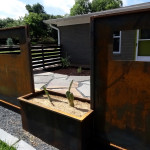
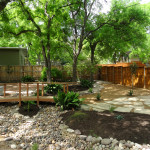
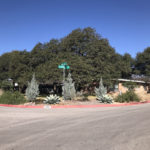
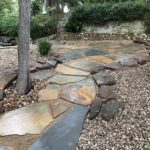



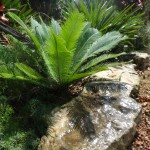
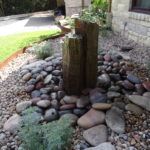
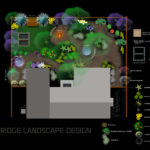

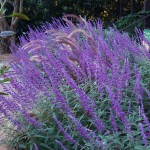



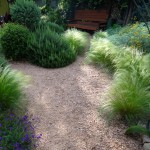
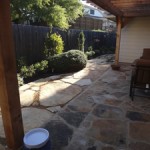
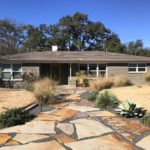
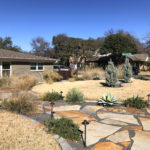


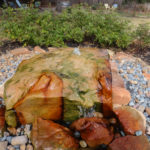

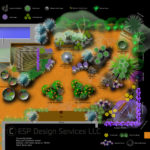
cool nice site